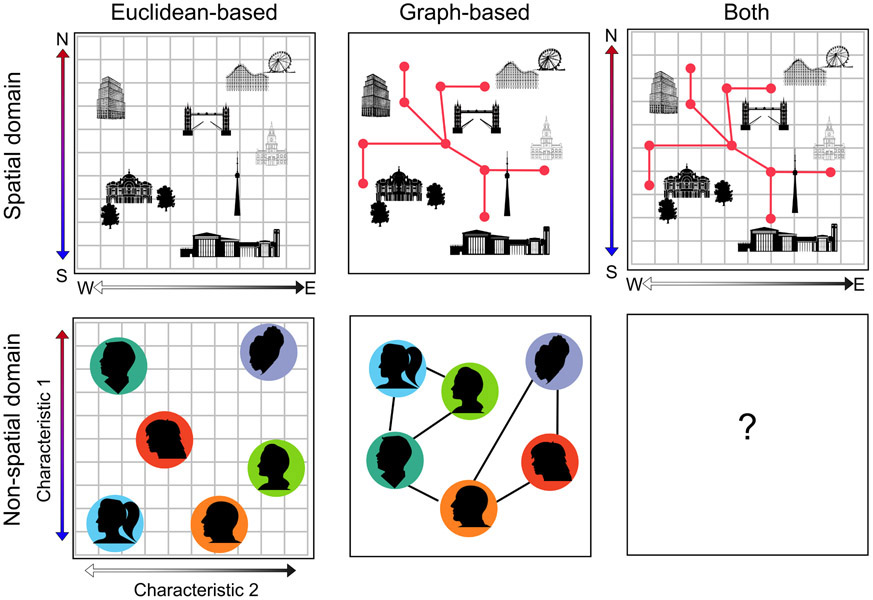Figure 1: Map-based vs. graph-based representations.
In the spatial domain (top row), knowledge can be purely map-based with locations coded in terms of Euclidean coordinates (e.g. latitude and longitude), or purely graph-based with locations as nodes and paths between locations as links. It is also possible for map- and graph-based representations to exist simultaneously, allowing us to switch flexibly between the two. In non-spatial domains (bottom row), knowledge is map-based when information is coded in terms of continuous dimensions and graph-based when it is coded in terms of distinct links between items. For example, the individuals in a social group might be represented in terms of their personality characteristics (map-based) or in terms of the social connections within the group (graph-based). Currently, it is unclear whether a flexible combination of graph- and map-like representations exists in non-spatial domains.

